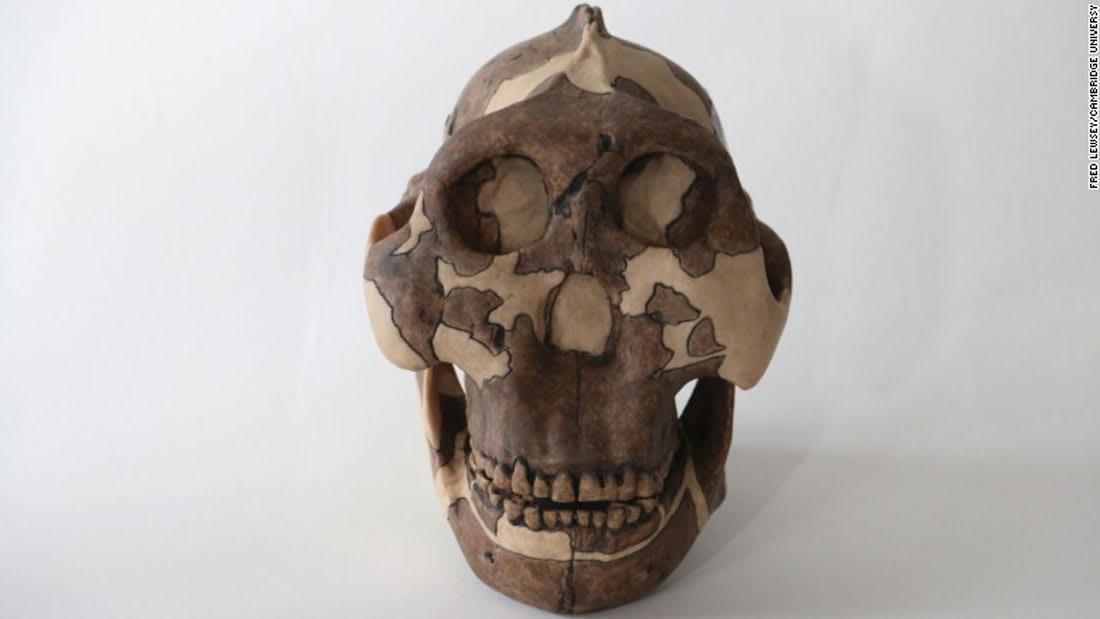دبي، الإمارات العربية المتحدة (CNN)-- لمرض الهربس (المعروف أيضاً بـ herpes simplex 1 أو HSV-1) تاريخ قديم جداً مع البشرية.
ويعتبر بعض العلماء الذين يؤيدون نظرية التطوّر، التي وضعها العالم تشارلز داروين، أن قرود الشمبانزي نقلته للإنسان القديم منذ ملايين السنين، حين انفصل النسل البشري عن نسل القرود، بحسب دراسة جديدة نُشرت في مجلة "Virus Evolution."
لكن، لانتقال الهربس التناسلي (HSV-2) للبشر قصة مختلفة تماماً، فهو لم ينتقل للإنسان القديم بنفسه، بل كان عن طريق سلف بشري أصيب بهذا الفيروس، وجعله ضمن الأمراض التي تصيب البشر.
قد يهمك أيضاً: علماء يتمكنون من إزالة مرض وراثي بأجنة بشرية
وأطلق العلماء على هذا السلف اسم "بارانثروبوس بويزي،" الذي تشير الدراسات إلى أنه كان بدماغ صغيرة، ووجه عريضٍ يشبه الطبق، وأسنان عريضة، وعضلات قوية مخصصة للمضغ، ولم يتجاوز طوله الـ 1.2 متر.
وبحسب العلماء، كان إنسان "بويزي" الوسيط الذي نقل الهربس التناسلي من الثديات الرئيسية إلى البشر.
وتواجدت قرود الشمبانزي وإنسان "بويزي" والإنسان المنتصب في قارة أفريقيا، منذ فترة تتراوح بين مليون و400 و3 ملايين عام. ويعتقد العلماء الذين يؤيدون نظرية التطور، بأن أفريقيا هي المكان الذي أصيب فيه هذا السلف بفيروسات الهربس التناسلي للمرة الأولى.
قد يهمك أيضاً: دراسة: النظام الغذائي الشرق الأوسطي يقي من الخرف
وتعتبر أجسام المياه الأماكن الأسهل لانتقال الأمراض ما بين الأنسال الثلاثة (قرود الشمبانزي وإنسان "بويزي" والإنسان المنتصب)، كما قد تكون انتقلت عن طريق تناول الإنسان المنتصب لإنسان "بويزي."
ويتطوّر مرض الهربس التناسلي مع الوقت، وقد ينتشر فموياً. ويعتقد الباحثون أن المرض يمكن أن ينتقل عن طريق ممارسة الجنس، أو من خلال الأم إلى مولودها. كما يمكن لقرود الشمبانزي نقله عن طريق القرحات الجلدية التي تتسبب بها عضة القردة.
أما السلالات الأكثر تنوعاً على الصعيد الجيني لمرض الهربس التناسلي فتأتي من قارة أفريقيا، وانتقل هذا المرض والفيروسات المسببة له خارج أفريقيا، بشكل يترافق مع هجرة البشر.

